Cannabinoids elicit antidepressant-like behavior and activate serotonergic neurons through the medial prefrontal cortex
- PMID: 17959812
- PMCID: PMC6673235
- DOI: 10.1523/JNEUROSCI.1636-07.2007
Cannabinoids elicit antidepressant-like behavior and activate serotonergic neurons through the medial prefrontal cortex
Abstract
Preclinical and clinical studies show that cannabis modulates mood and possesses antidepressant-like properties, mediated by the agonistic activity of cannabinoids on central CB1 receptors (CB1Rs). The action of CB1R agonists on the serotonin (5-HT) system, the major transmitter system involved in mood control and implicated in the mechanism of action of antidepressants, remains however poorly understood. In this study, we demonstrated that, at low doses, the CB1R agonist WIN55,212-2 [R(+)-[2,3-dihydro-5-methyl-3-[(morpholinyl)]pyrrolo[1,2,3-de]-1,4-benzoxazinyl]-(1-naphthalenyl) methanone mesylate] exerts potent antidepressant-like properties in the rat forced-swim test (FST). This effect is CB1R dependent because it was blocked by the CB1R antagonist rimonabant and is 5-HT mediated because it was abolished by pretreatment with the 5-HT-depleting agent parachlorophenylalanine. Then, using in vivo electrophysiology, we showed that low doses of WIN55,212-2 dose dependently enhanced dorsal raphe nucleus 5-HT neuronal activity through a CB1R-dependent mechanism. Conversely, high doses of WIN55,212-2 were ineffective in the FST and decreased 5-HT neuronal activity through a CB1R-independent mechanism. The CB1R agonist-induced enhancement of 5-HT neuronal activity was abolished by total or medial prefrontocortical, but not by lateral prefrontocortical, transection. Furthermore, 5-HT neuronal activity was enhanced by the local microinjection of WIN55,212-2 into the ventromedial prefrontal cortex (mPFCv) but not by the local microinjection of WIN55,212-2 into the lateral prefrontal cortex. Similarly, the microinjection of WIN55,212-2 into the mPFCv produced a CB1R-dependent antidepressant-like effect in the FST. These results demonstrate that CB1R agonists possess antidepressant-like properties and modulate 5-HT neuronal activity via the mPFCv.
Figures
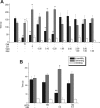
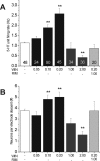
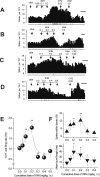
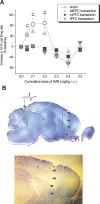
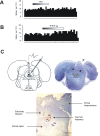
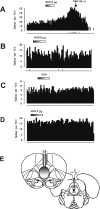

Comment in
-
Serotonin, the prefrontal cortex, and the antidepressant-like effect of cannabinoids.J Neurosci. 2007 Dec 5;27(49):13369-70. doi: 10.1523/JNEUROSCI.4867-07.2007. J Neurosci. 2007. PMID: 18057193 Free PMC article. Review. No abstract available.
References
-
- Allers KA, Sharp T. Neurochemical and anatomical identification of fast- and slow-firing neurons in the rat dorsal raphe nucleus using juxtacellular labeling methods in vivo. Neuroscience. 2003;122:193–204. - PubMed
-
- Amat J, Baratta MV, Paul E, Bland ST, Watkins LR, Maier SF. Medial prefrontal cortex determines how stressor controllability affects behaviour and dorsal raphe nucleus. Nat Neurosci. 2005;8:365–371. - PubMed
-
- American Psychiatric Association. Diagnostic and statistical manual of mental disorders (DSM-IV-R) Ed 4. Washington, DC: American Psychiatric Association; 1994.
Publication types
MeSH terms
Substances
LinkOut - more resources
Full Text Sources
Medical
Miscellaneous
